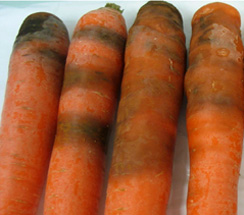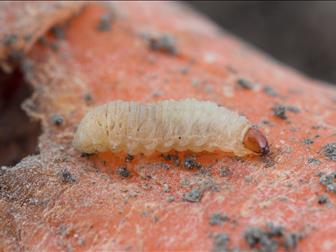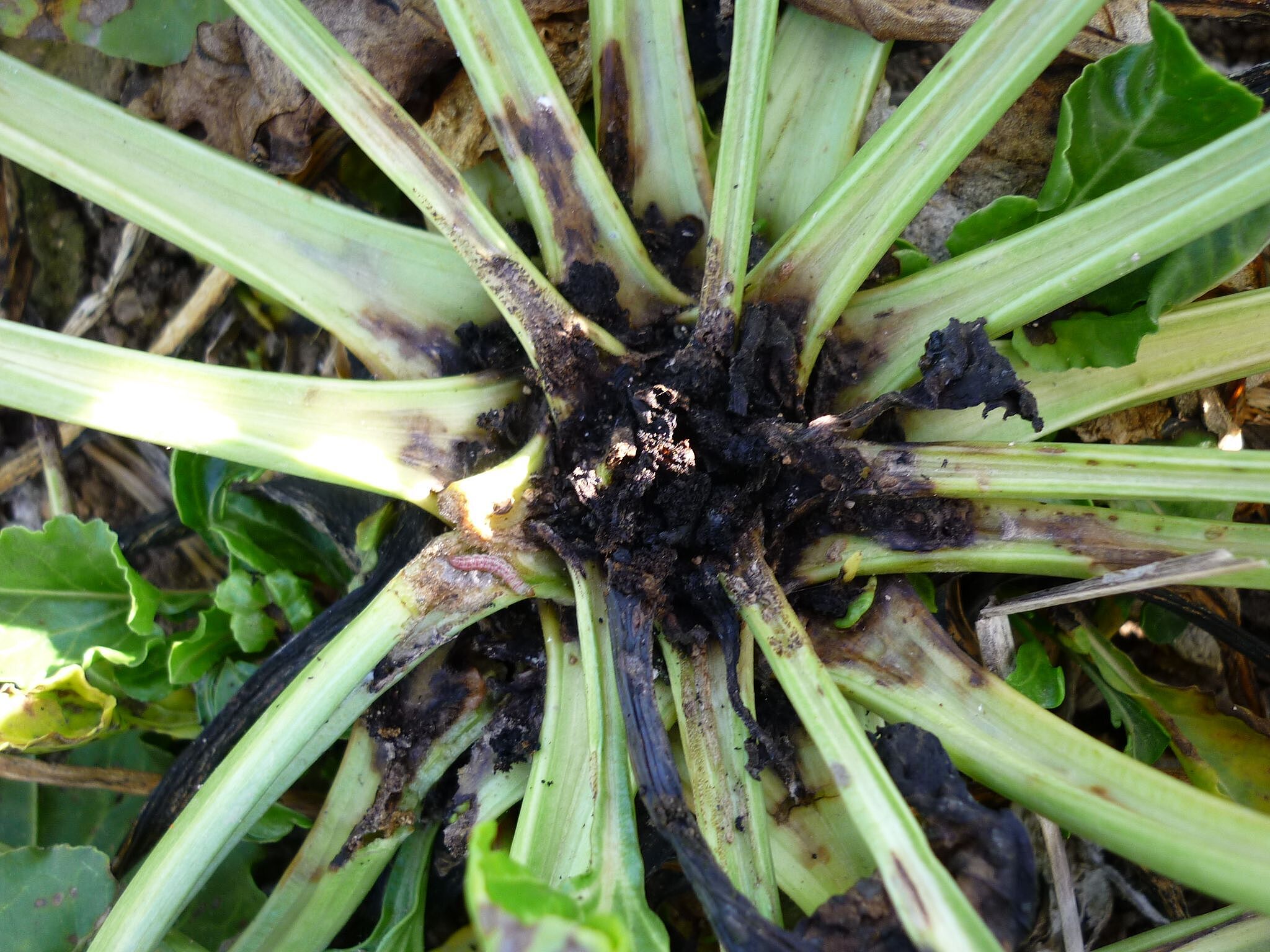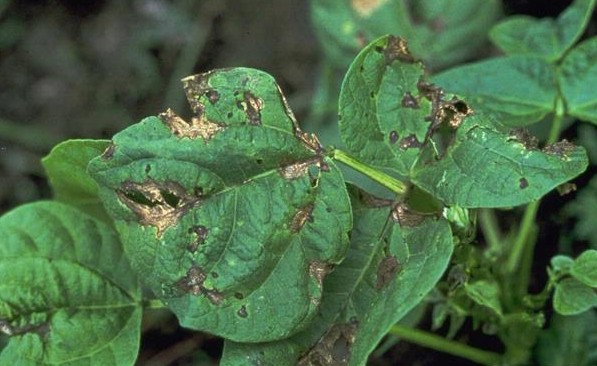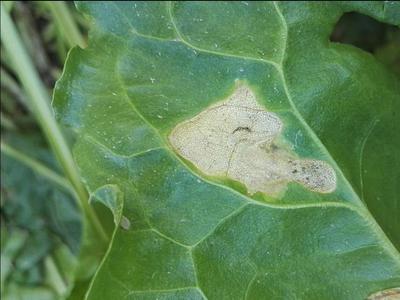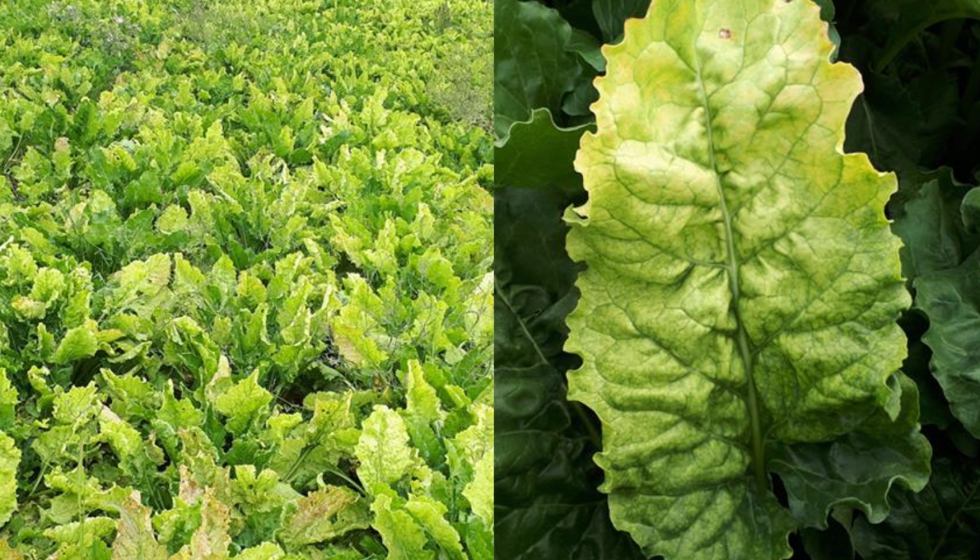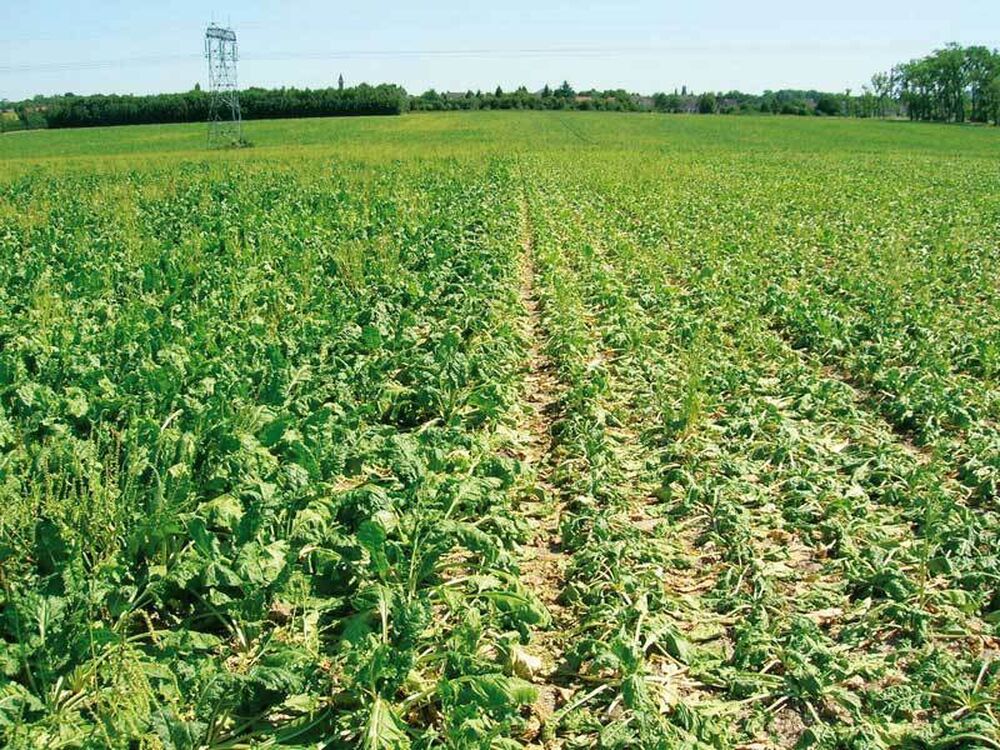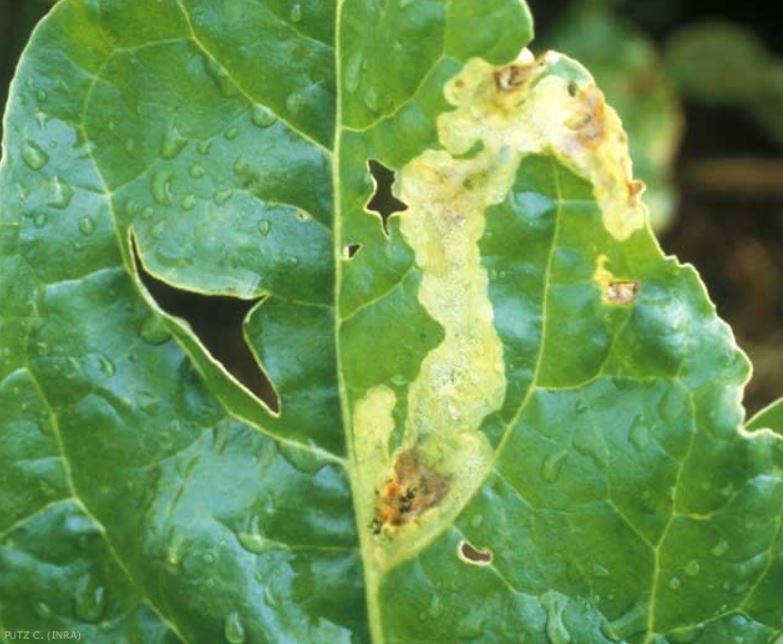
Zanahoria
How to recognize and combat aphids on carrots
Aphid
Insect
Type:
Risk to the plant:
INTERMEDIATE
Caraviella Aegopodii, Myzus Persicae, Aphis Spp.
Pathogen:
Pulgones

WHO CAUSES IT?
Caraviella aegopodii, Myzus persicae and Aphis spp. They are phytophagous insects commonly known as aphids. These small winged or wingless insects feed by sucking plant sap. Their life cycle includes several stages, beginning with laying eggs on the leaves and stems of host plants. Nymphs emerge from the eggs and, through successive molts, become adults in approximately one week under favorable conditions. Adults can reproduce both sexually and asexually, with some species capable of producing viviparous clones. Aphids can form large colonies in a short time, especially in warm, humid weather conditions.
SYMPTOMS
Aphid infestation in carrot can cause significant disease, negatively impacting plant health and performance. Aphids suck the sap, weakening the plant and reducing its growth. Additionally, these insects are vectors for viruses that can cause additional diseases. Affected plants show visible signs of stress and deterioration.
- Curling and deformation of the leaves.
- Yellowing or chlorosis.
- Presence of honeydew on the leaves, which attracts sooty fungi.
- Reduction in plant growth and vigor.
- Transmission of viruses, resulting in mosaics and other viral diseases.

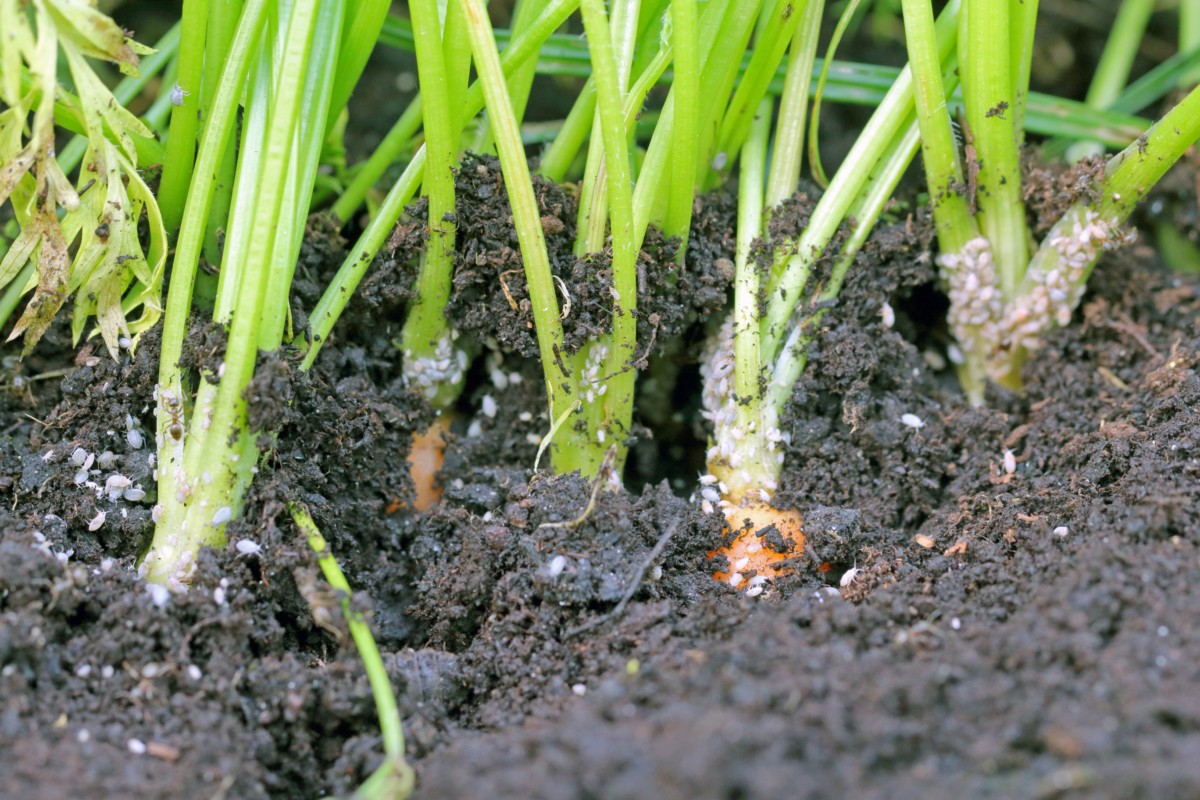
DEVELOPMENT CONDITIONS
Temperature:
20°C - 25°C
Humidity:
60% - 80%
HOW IS IT SPREAD?
Direct contact, Wind, Insect vectors, Infected plant material, Contaminated gardening tools
HOW TO ELIMINATE IT?
Home treatments
There are no home treatments
Natural allies
Chemical treatments
There are no treatments for this disease. Treatments are directed at the insect vectors that transmit it. See insect treatments.
RECOMMENDED PRODUCTS TO ELIMINATE THE PEST
REPELLENT PLANTS
Mint, Onion, Nasturtium, Calendula
RECOMMENDATIONS
- Check your plants frequently, especially new shoots.
- Place aromatic plants such as mint or basil nearby: they can scare away aphids.
- Water well and take care of the plant so that it is strong and better resists pests.
- If you see few aphids, remove them with your fingers or with pressurized water.
- You can release or attract predatory insects such as ladybugs, lacewings or hoverflies.
- Use potassium soap or neutral soap diluted in water and Neem oil to spray the plant.
- Avoid excess fertilizer with a lot of nitrogen, it favors the appearance of aphids.



